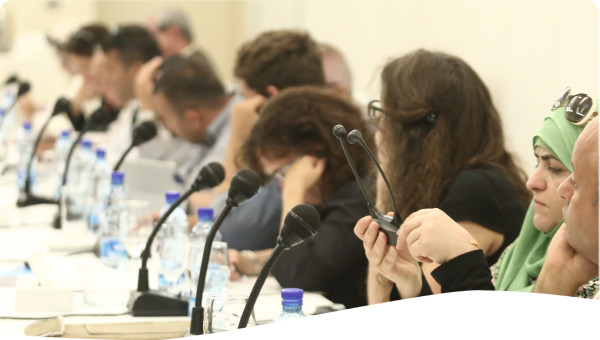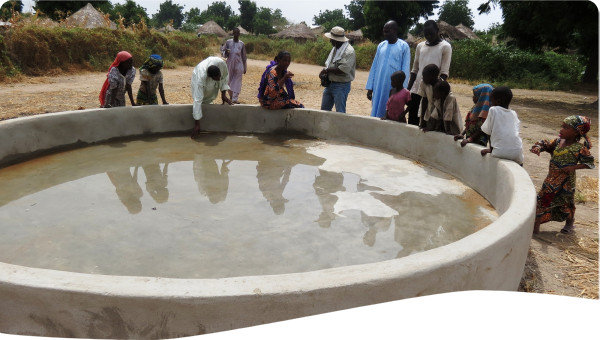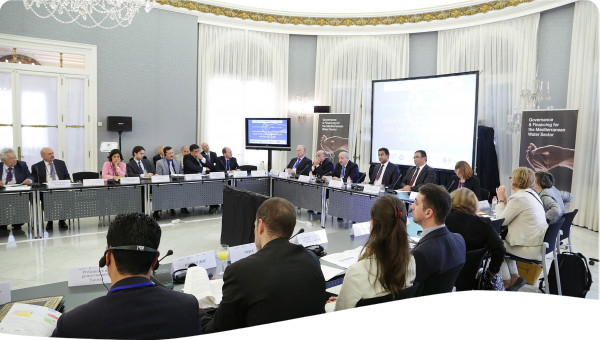The San Juan River waters have experienced deterioration due to poor management of its basin. To address the issues, action has been taken to implement IWRM to address the areas of water, soil, forests and municipal development in a cross-sectoral manner. This case study is a good reminder of the integrated nature of IWRM, and the importance of a model that accounts for management of both water and land.
The Gran Lago Cocibolca or Lake Nicaragua is part of Basin No. 69, in which Lago Xolotlán (or Managua) and the San Juan River are also located. Tributary rivers discharge into the Cocibolca, and their water carries suspended sediments and waste substances derived from the activities of the population located in its drainage areas, including residual waters, and agrochemical runoff. Despite the dramatic economic changes in the last years, the Cocibolca Great Lake has maintained its average volume level since the late 19th century, without discounting the permanent discharge of its waters by the San Juan River. Nevertheless, both the ecosystem and the quality of its waters have experienced progressive deterioration due to the lack of management of its basin.
This is evident through soil erosion, pollution due to wastewaters of neighbouring populations, local industrial effluents, irrational application of agrochemical products for neighbouring crops (rice, sugarcane, banana, livestock, etc.), not to mention the unloading of varied polluting elements carried by the tributaries in its river basin. The Commission for Sustainable Development of the Lago Cocibolca and the San Juan River Basins, in accordance with the Water Law and the National Policy of Water Resources, has as its main responsibility to elaborate and approve the Action and Territorial Ordering Plan for the Management of the Cocibolca Lake basin. Also, the Commission is responsible for implementing such plan.
With the technical assistance of the Nicaraguan Research Center for Aquatic Resources of the National Autonomous University of Nicaragua (Centro para la Investigación de Recursos Acuáticos de Nicaragua-Universidad Nacional Autónoma (CIRA/UNAN), the Association of Municipalities of the Great Lake Basin (Asociación de Municipios de la Cuenca del Gran Lago (AMUGRAN) was created on May 14, 1998 by mayors of the basin municipalities of Lago Cocibolca and the San Juan River. In order to formulate the Management Plan for Lago Cocibolca, a technical and administrative model is required for the management of water, soil, forests and municipal development at the lake basin level as the unit of territorial management. According to the Water Law, this area is declared as the “national potable water reserve”, thus it is of the country highest interest and priority of national security.
The agreement on actions by central government authorities and municipal governments, private producer associations, NGOs, and the conciliation of interests for the use of water and soil, clearly are only be possible through the IWRM approaches that bring together natural, political and administrative systems in the territory. The Centre for Research in Water Resources is in charge to facilitate the process with a support of the government.
There is a strong national awareness of the fact that the restoration process for Gran Lago Cocibolca depends on the management of the processes that are developed in the water basin’s territory. While the Management Plan has not yet been approved and the discussion of drafts continues, the local governments, municipal associations, municipalities, producer associations, farmers, nongovernmental organizations, universities, academic and research institutions, professors and students, governmental institutions, civil defense, ministries and sectorial organizations are represented in the Commission for the Sustainable Development of the Water Basin of Lago Cocibolca and San Juan River. The commission presented a request to the National Assembly for the operating expense budget of the Technical Secretariat for 2009, and the Nicaraguan Government has presented solicitudes to external cooperation agencies for financing of components for intervention in the basin territory. A remarkable result of the public interest in this process is the ownership taken by stakeholders of civil society and private initiatives to contribute to the implementation of some of the Management Plan components.
This case illustrates the process of construction of the model for its elaboration and the application of IWRM criteria in the organization of the Management Plan.
This case illustrates the process of construction of the model for its elaboration and the application of IWRM criteria in the organization of the Management Plan.
The processes towards achieving this goal are facilitated by the provisions contained within the General Law of National Waters, despite the fact that they have not yet been implemented by the end of 2008.
Access to the instruments of the National Registry of Water Resources is of importance for the administration of soils, forests and water in the other twenty national watersheds which will make it possible to control the issuing of licenses, concessions and authorizations.
 Case studies
Case studies

